Peter Gleick: Bottled and Sold — What’s Really in our Bottled Water
My new book on bottled water is out, at last. “Bottled and Sold: The Story Behind Our Obsession with Bottled Water” (Island Press, Washington) has apparently (according to reports from my secret field agents) started appearing in book stores. You’ve been able to order it online for a while through Island Press, Amazon, Barnes and Nobles, and other places.
There are some great stories in the book: here is a little one, about what’s sometimes found in our bottled water.
You don’t find what you don’t look for. This maxim holds true for arms control, as Ronald Reagan noted. And it holds true for contaminants in bottled water. One would think and expect that bottled water would be cleaner than our tap water. But is it?
The system for testing and monitoring the quality of bottled water is so flawed that we simply have no comprehensive assessment of actual bottled water quality. Don’t misunderstand me. The inadequacies of U.S. rules for testing bottled water do not mean that bottled-water quality is poor. If bottled water was monitored as consistently, frequently, and accurately as tap water, the evidence might show that it was just as good, or even better on average, than tap water. Given how much consumers pay for it, we certainly have the right to expect it to be better.
But we’re just not looking carefully enough. And the bad news is that when we do actually look, we find evidence that there are potentially serious quality problems with bottled water, lurking just under the cap. Even worse, outside of the U.S. (where sometimes bottled water really needs to be better than tap water) there is growing evidence that bottled water quality can be terrible.
Most of our tap water is completely safe; most of our bottled water is probably completely safe. But to know for sure, we must look carefully. And when we do actually look, we sometimes find more than we bargained for. The most famous example is when Perrier was discovered in 1991 to be contaminated with benzene. But this example is not the only one.
Water Number: More than 100. After months of requests and two Freedom of Information Act requests to the US Food and Drug Administration (which regulates some bottled waters), I got a list of recalls of bottled waters in the U.S. Combined with other research, I ultimately compiled a list of more than 100 bottled water recalls, affecting millions of bottles of water.
This list (which I will soon post online) includes a remarkable list of contaminants. In addition to the benzene found in Perrier, bottled water has been found to contain mold, sodium hydroxide, kerosene, styrene, algae, yeast, tetrahydrofuran, sand, fecal coliforms and other forms of bacteria, elevated chlorine, “filth,” glass particles, sanitizer, and in my very favorite example, crickets.
Yes, crickets. In 1994, a bottler in Nacogdoches, Texas issued a recall for sparkling water found to be contaminated with crickets. The water was distributed in Alabama, Florida, and Georgia and the recall notice wasn’t issued until seven months after being bottled and distributed, making it unlikely that consumers were notified in time to avoid buying the contaminated bottles. Maybe they thought it was a bonus, like that worm in tequila, or the weird things sometimes found in flavored vodkas.
However you feel about crickets, my guess is you don’t want them in your bottled water.
In addition to bottled-water quality, the book talks about advertising and marketing, weird bottled waters claims, disappearing water fountains, conflicting and weak laws protecting consumers, and the growing revolt against bottled water. I’ll post a few more times in the coming months about some of these issues. But if you want the whole story, get the book!
Peter Gleick
(posted from England, where I’ve been grounded by the volcano)
Dr. Gleick’s blog posts are provided in cooperation with the SFGate. Previous posts can be found here.


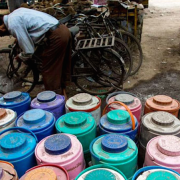
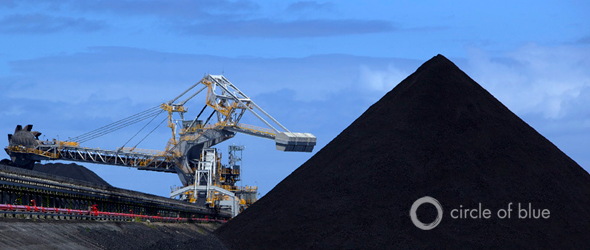
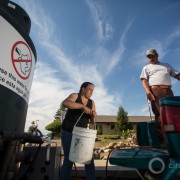
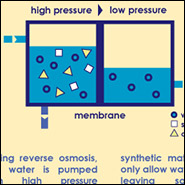
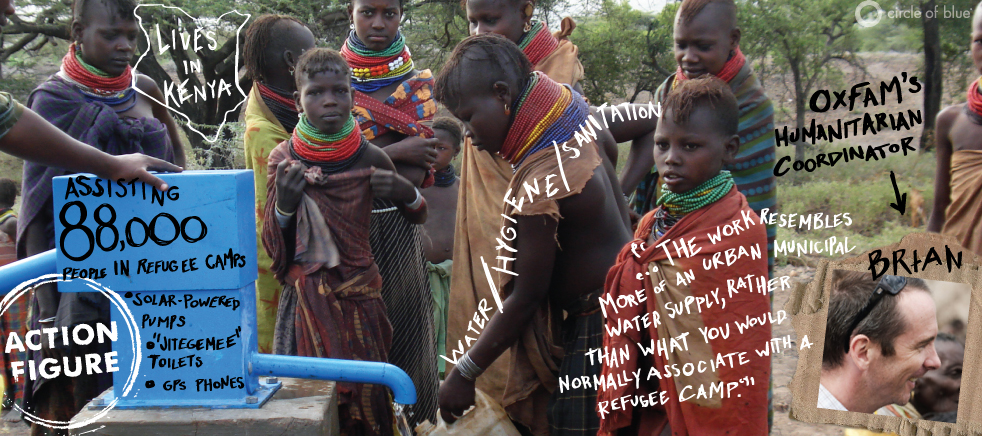

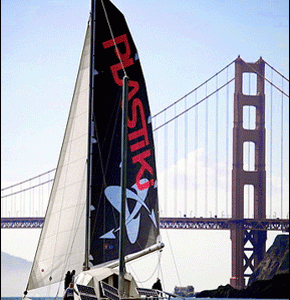
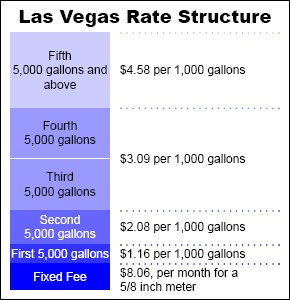
I’m writing a story about bottled water, the implications for landfill sites, are there health issues around drinking water from plastic, why is there a sell by date on the bottles, why drink bottled water when there is nothing wrong with our tap water, etc
I would appreciate sssshort comments from anyone who can help. It’s a huge issue but obviously i don’t want to make the article the size of a book – haha!!
Regards
Karen